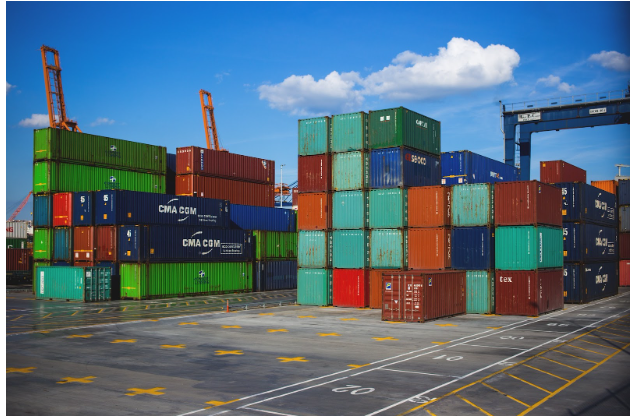Rising Tensions in the Red Sea Increase Insurance Costs

Insurers have increased premiums for vessel voyages through the Red Sea, a direct consequence of heightened security threats from Houthi forces in Yemen. Due to recent conflicts, insurance costs range between 0.75% and 1% of a ship’s value. This escalation follows airstrikes by Western powers targeting Houthi strongholds. The heightened risk has led some shipping companies to consider alternative routes, potentially circumventing the Red Sea entirely.
The Strategic Shift in Maritime Routes
Faced with soaring insurance premiums and risky maritime zones, shipowners are weighing the benefits of rerouting. The options include longer journeys around Africa, which might bypass high-risk areas but also entail higher overall travel costs due to extended voyage times and additional fuel consumption.
Implications for Global Shipping and Trade
The security instability in strategic maritime areas like the Red Sea influences not just local but global trade dynamics. Increased insurance premiums are likely to push up the cost of goods transported through these waters, affecting the pricing structures within international markets. In addition, there is ongoing concern that continued hostilities could provoke further insurance spikes or even lead operators to cease services in particularly perilous zones.
Recent Expansions of High-Risk Zones
The Joint War Committee, overseeing war risks for London insurers, has expanded their designation of the ‘high risk zone’ to larger parts of the Red Sea following the uptick in regional skirmishes. This expansion is a protective move intended to stabilize potential loss ratios but again results in higher costs for marine operators traversing these waters.
Historical Data Versus Current Trends
- Over recent years, the level of claims related to war risks remained minimal, reflecting stable conditions before the recent escalations.
- In light of the Israel-Hamas conflict, the area faced renewed dangers that have recalibrated risk assessments across industry boards.
- Despite historical stability, total global marine insurance premiums saw an increase of 8.3% in the year 2023, as compared to two years prior—a spike attributed to post-pandemic recovery in trading activities.
Growing Interest in War Risk Insurance
According to insights from Swiss Re, a pronounced increase in demand for specialized war risk insurance services is anticipated. Escalating geopolitical frictions worldwide, such as the ongoing Israel-Hamas conflict and tensions in Eastern Europe, contribute directly to this surge. Insurance sectors are bracing for the broader economic repercussions, including possible global inflation, if major oil laden vessels are compromised during conflicts.
Strategic Responses to Manage Elevated Risks
Different stakeholders within the maritime insurance domain are implementing novel strategies to mitigate risks and control damage liabilities effectively. Notable initiatives aim at refining route planning and enhancing real-time intelligence sharing among naval and merchant fleets to optimize safety and minimize exposure to attack-prone areas.
Governmental Interventions in Maritime Security
In response to escalating warfare risks impacting their commercial interests, nations such as Israel are being petitioned by local shipping conglomerates to step up and assist in mitigating spiraling war insurance expenditures. National governments play a crucial role in securing maritime corridors vital to their economic infrastructures.
The complexities of maritime operations are ever-growing amidst increasing geopolitical challenges. These factors intertwine tightly with the financial burdens borne by shipping industries, influenced significantly by rising insurance costs linked to war risks. As global tensions simmer, the ripple effects across international trade underscore the need for vigilant response strategies and robust planning both at the micro and macroeconomic levels.
Innovative Strategies for Maritime Risk Reduction
As regional conflicts intensify, the interconnectedness of maritime insurance costs and global trade logistics becomes increasingly apparent. The escalation in the Red Sea has prompted insurers to revise their policies, reflecting a growing caution among stakeholders. Notably, this situation impacts not only direct shipping activities but also the broader economic landscape, influencing everything from commodity prices to supply chain strategies.
Amid these shifts, industry experts point to a necessary reevaluation of risk management frameworks. Companies are advised to invest in comprehensive risk assessment tools that incorporate geopolitical analytics to anticipate potential disruptions more effectively. This strategic foresight is critical in navigating the volatile waters of international shipping lanes, where political tensions can translate swiftly into economic turbulence.
Moreover, the rise in insurance costs due to regional instabilities serves as a catalyst for innovation within the shipping industry. Companies are increasingly turning to advanced technologies such as AI-driven route optimization and enhanced surveillance systems to mitigate risks. These technological advancements not only bolster maritime security but also improve operational efficiencies, thereby helping to offset some of the increased insurance expenditures.


